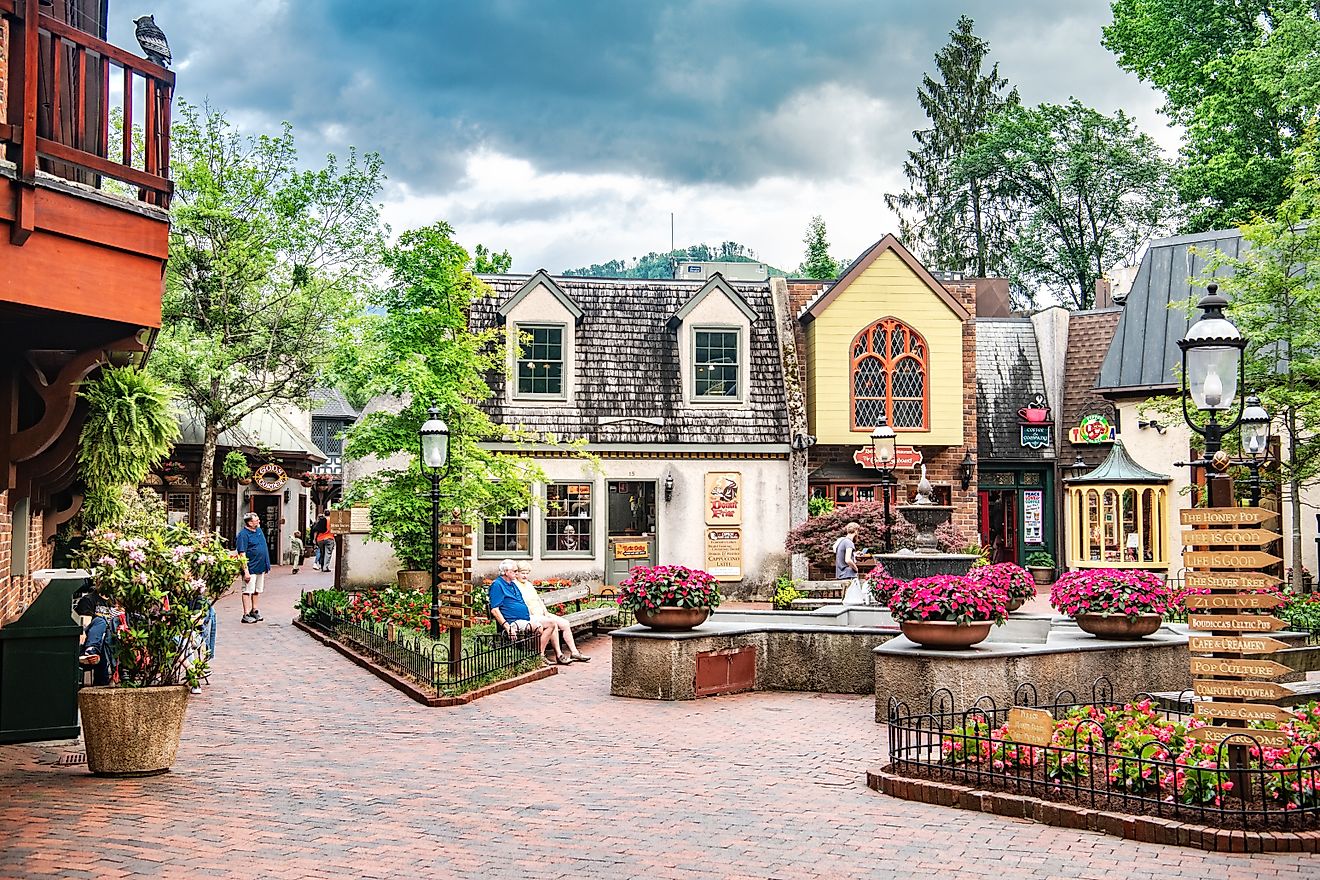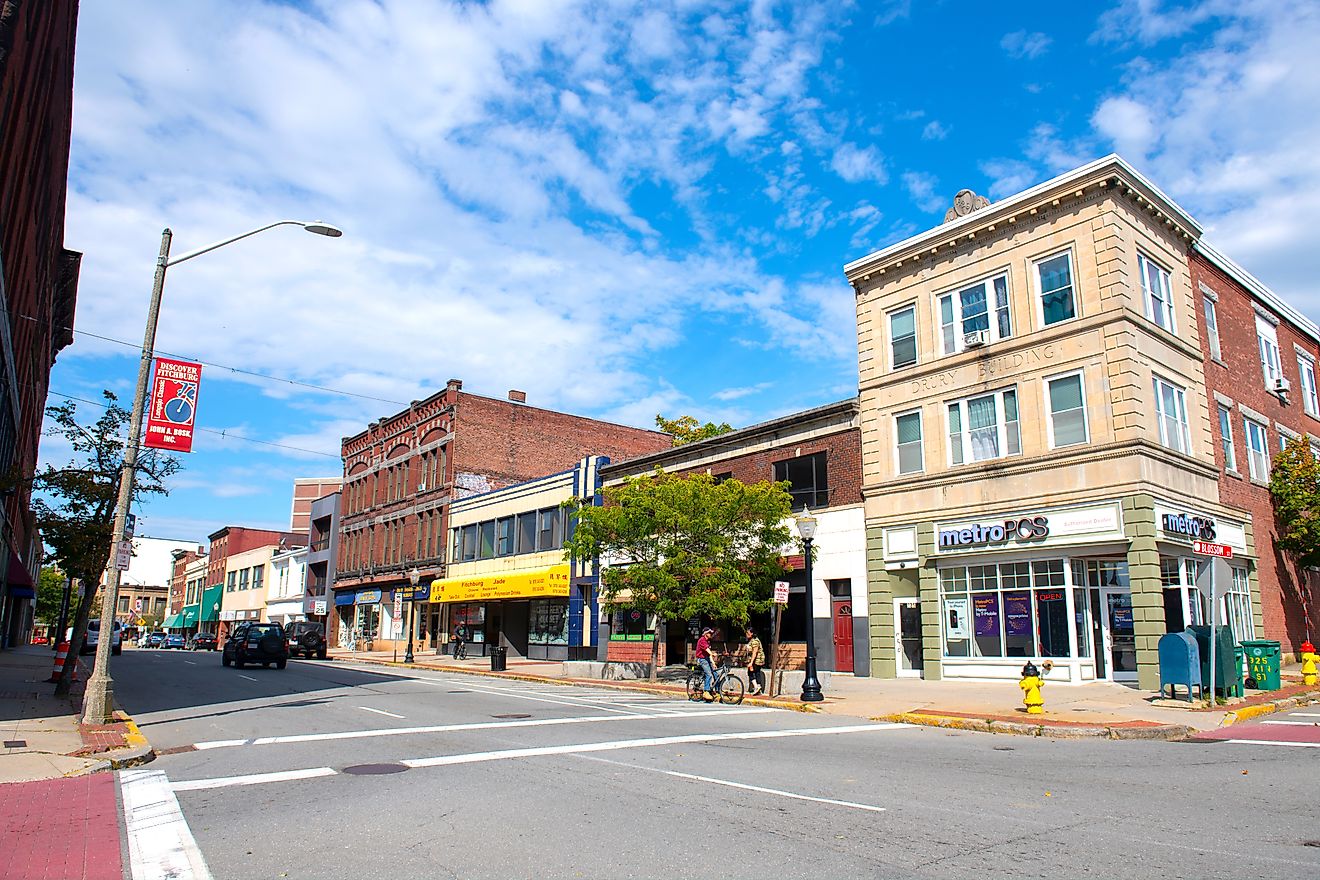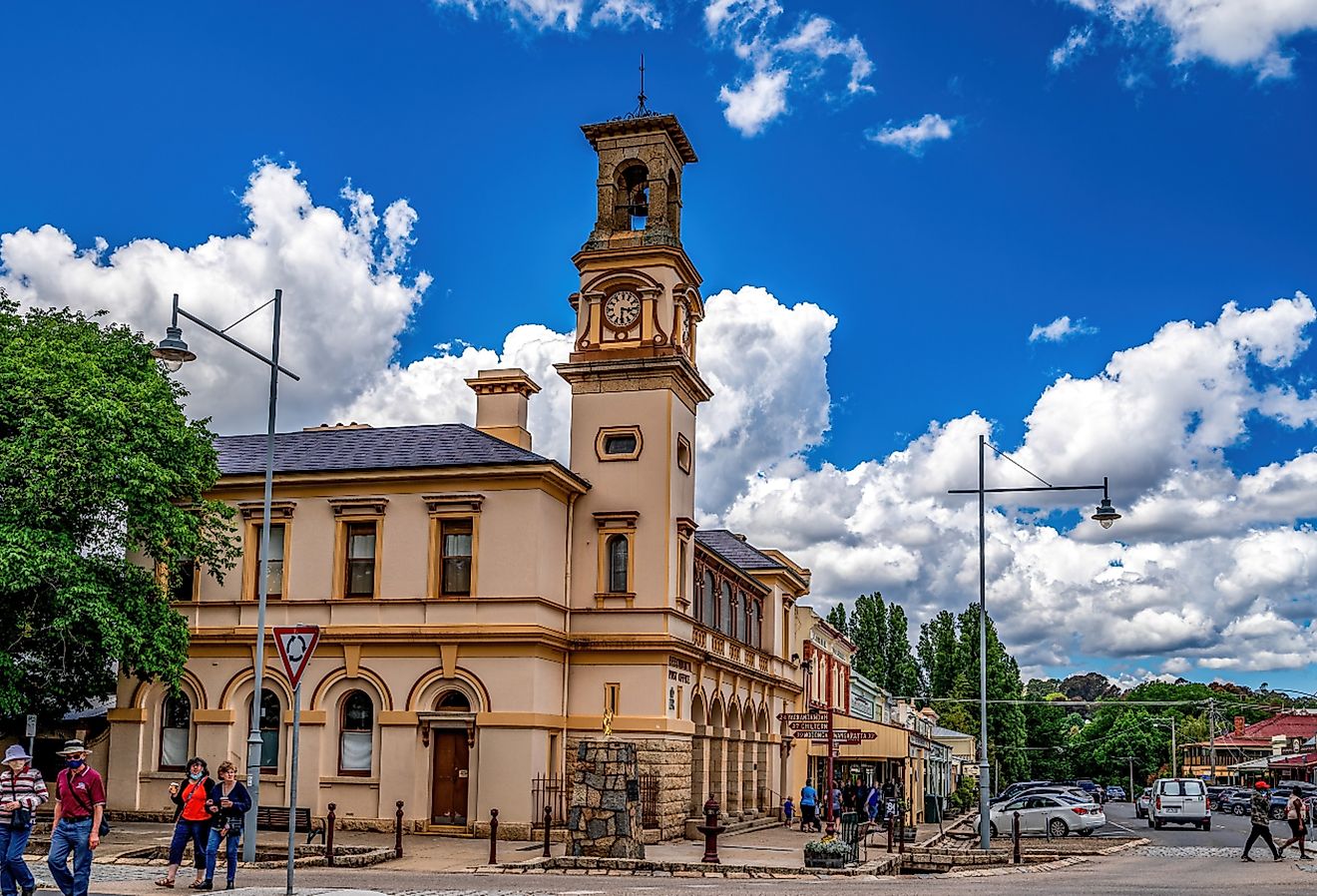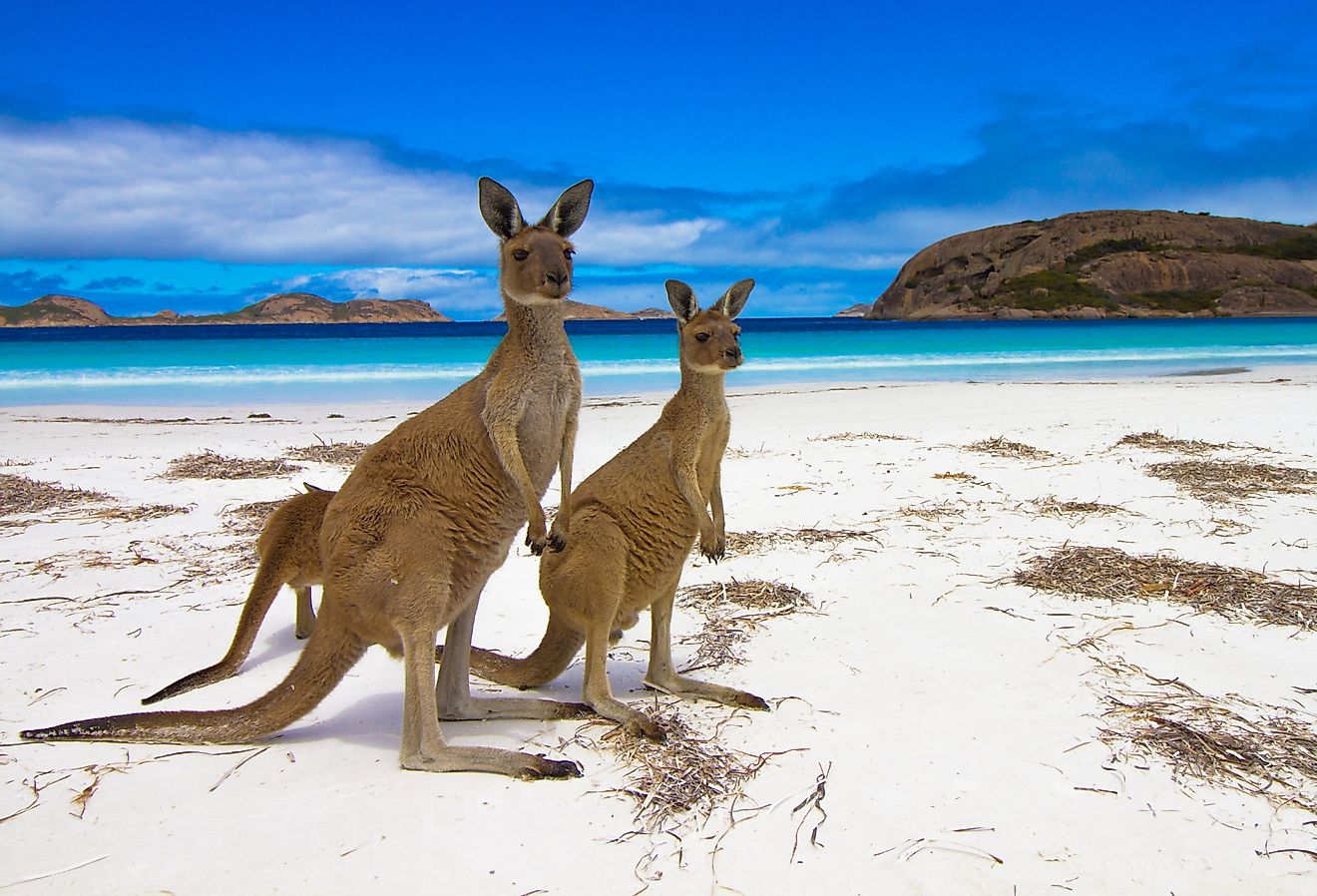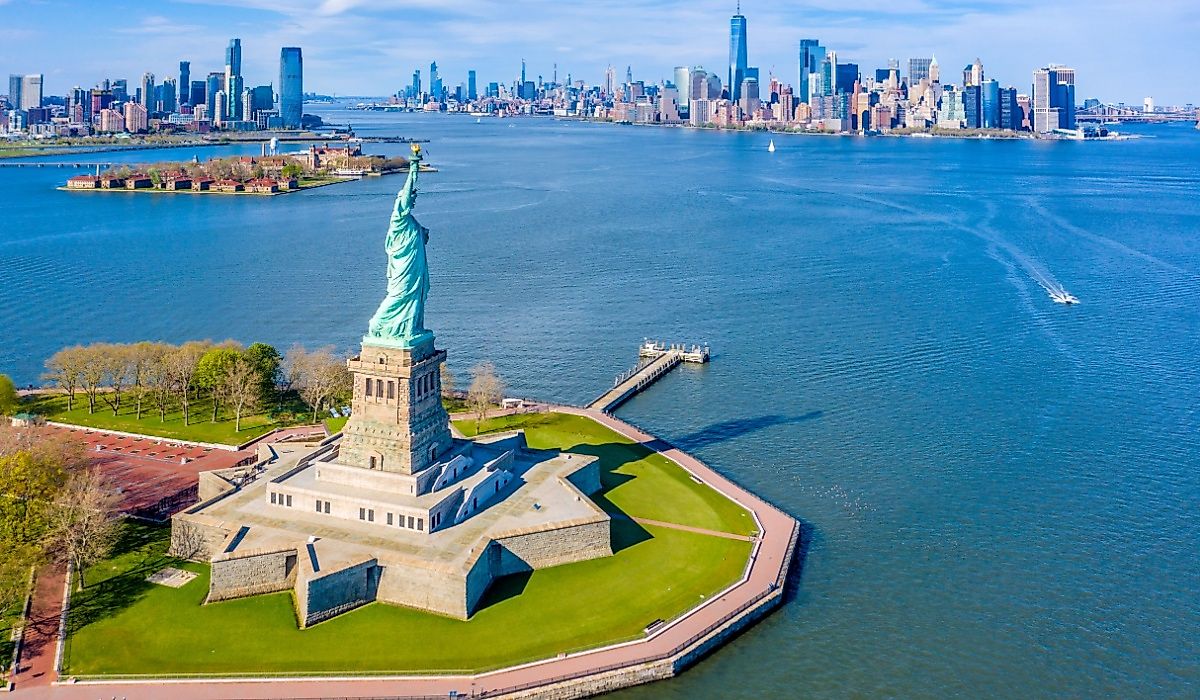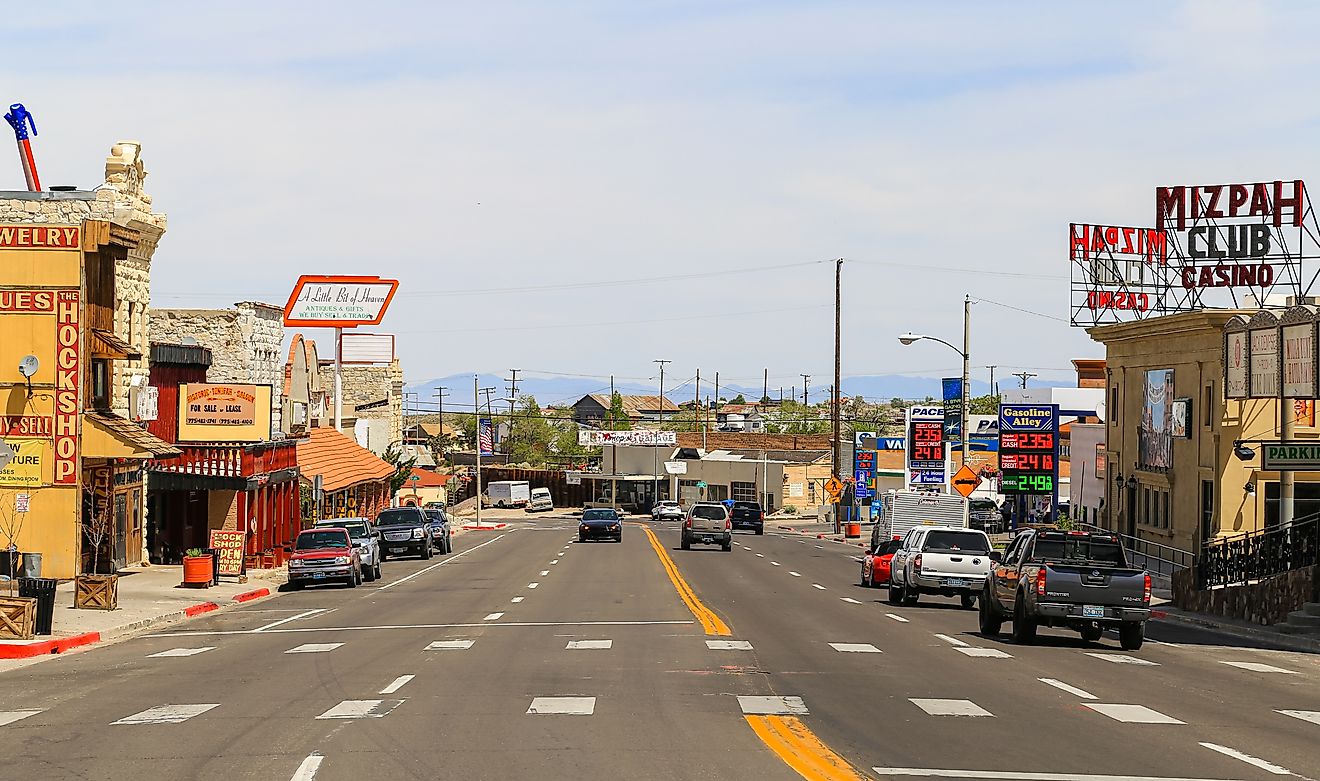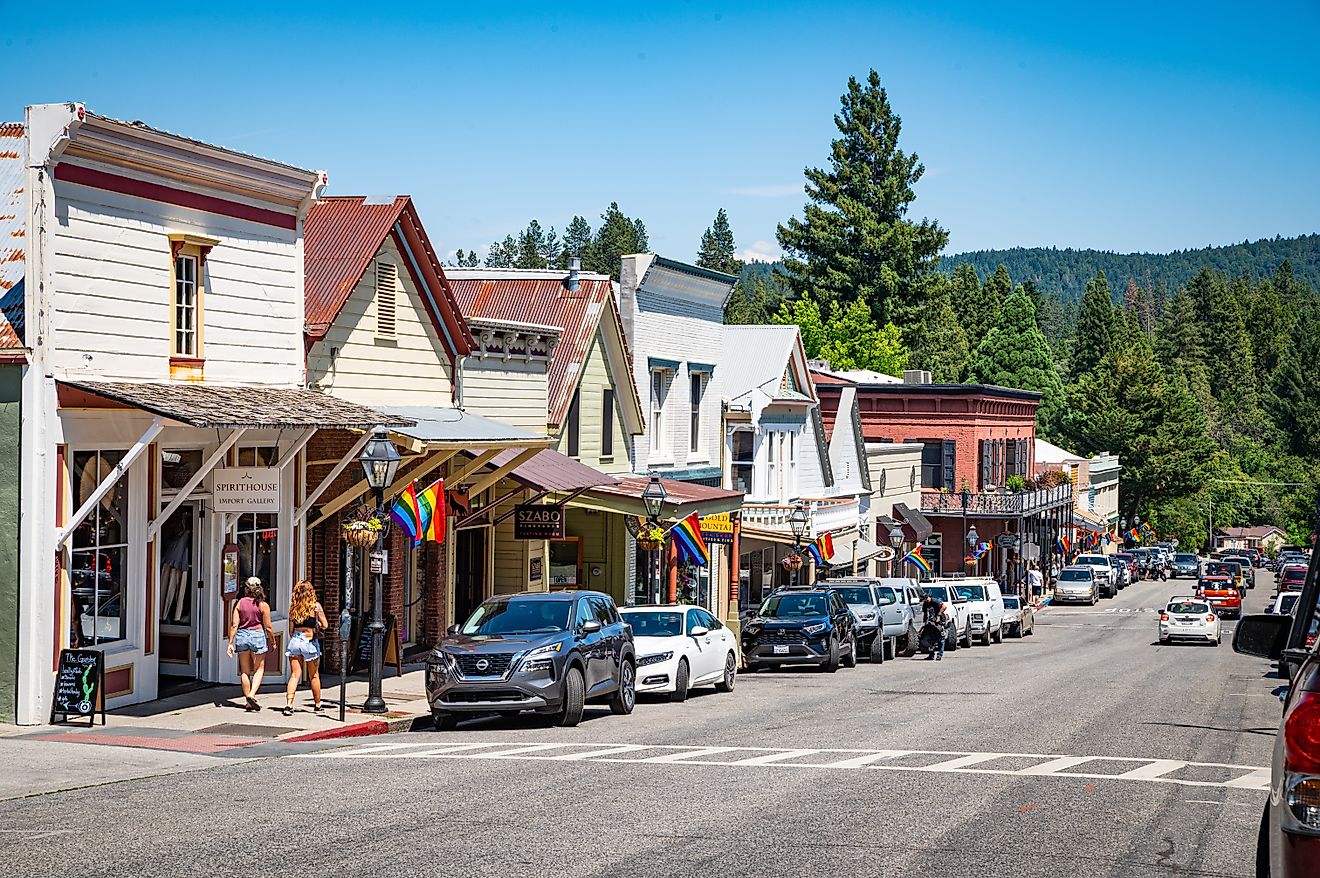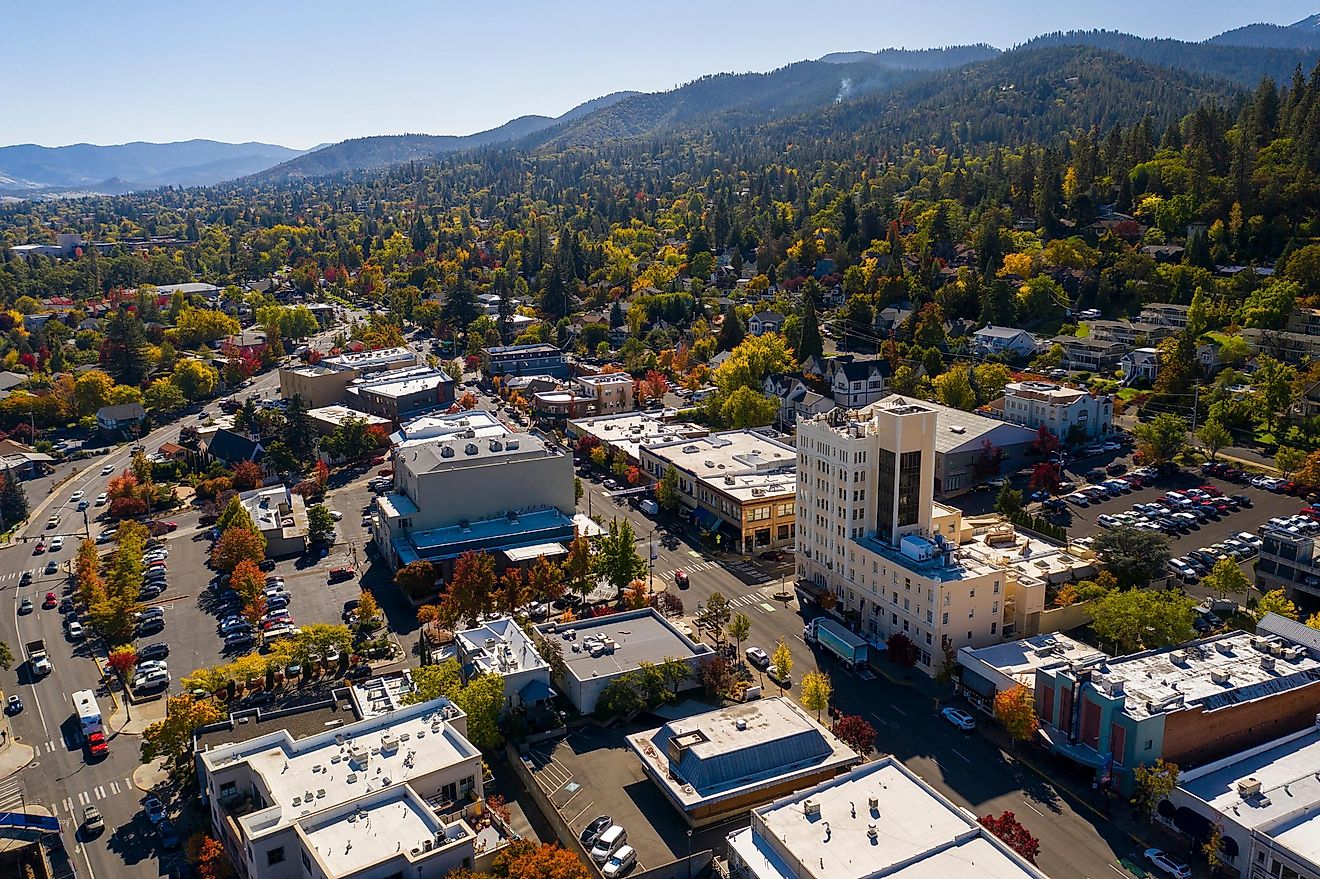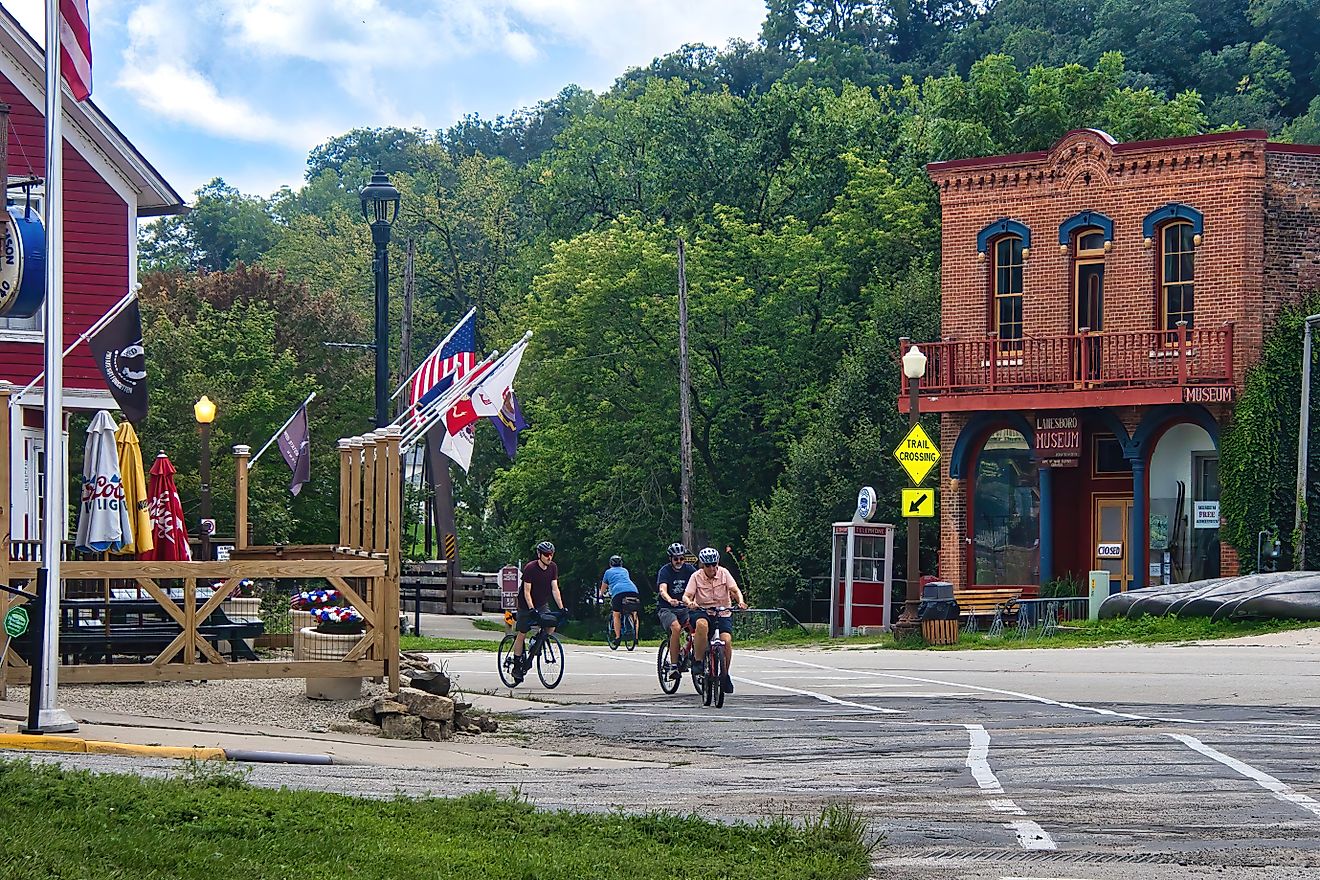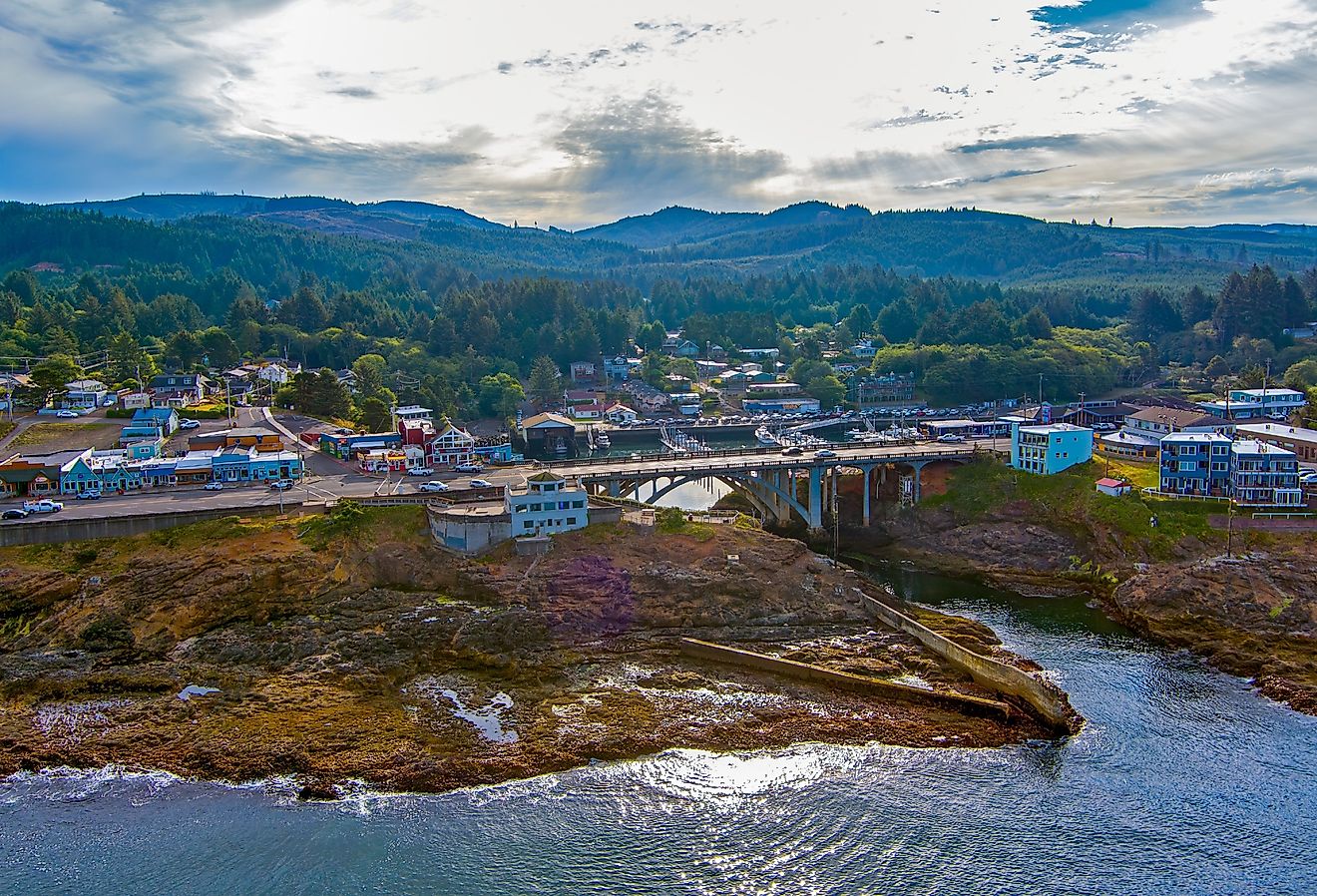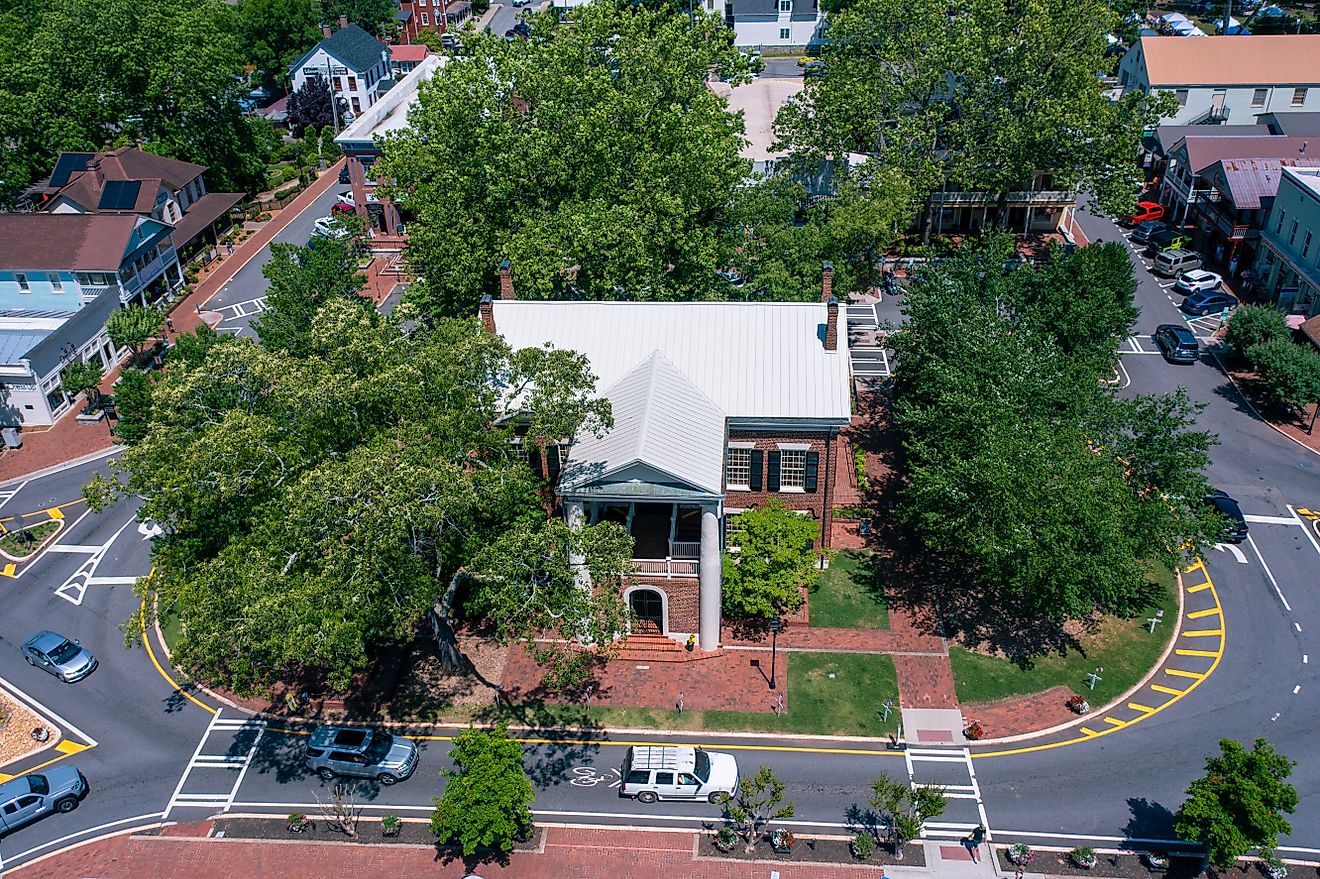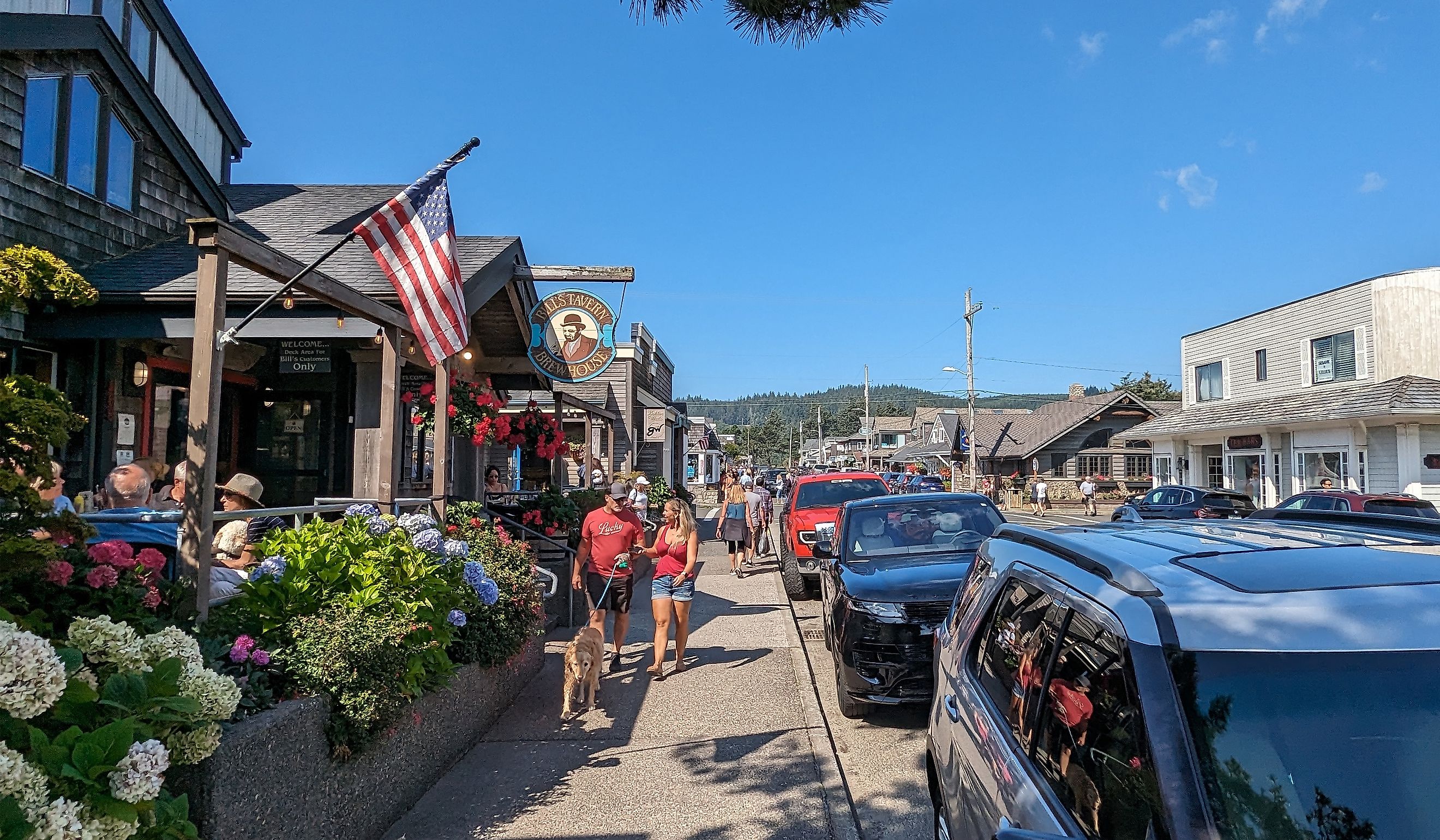
8 Pacific Coast Small Towns With Unmatched Friendliness
The Pacific Coast is where rainforest, redwood, and sun-bleached desert all end in the same salt spray. From salmon docks humming at dawn in Washington to art walks under Monterey cypress in California, the shoreline hosts a quiet competition: which town can out-welcome the next ferry, the next road-tripper, the next neighbor who simply hasn’t moved in yet?
Forget the postcard clichés. What binds these places is a living code nicknamed the “Pacific Pass-Along”: locals share one tip, one story, or one helping hand before the visitor moves on. Break down here, and you leave with three phone numbers and a fresh-baked something. The eight towns that follow aren’t the biggest or the flashiest; they’re the communities where that pass-along spirit is so ingrained it feels contractual: arrive curious, depart practically adopted!
Astoria, Oregon
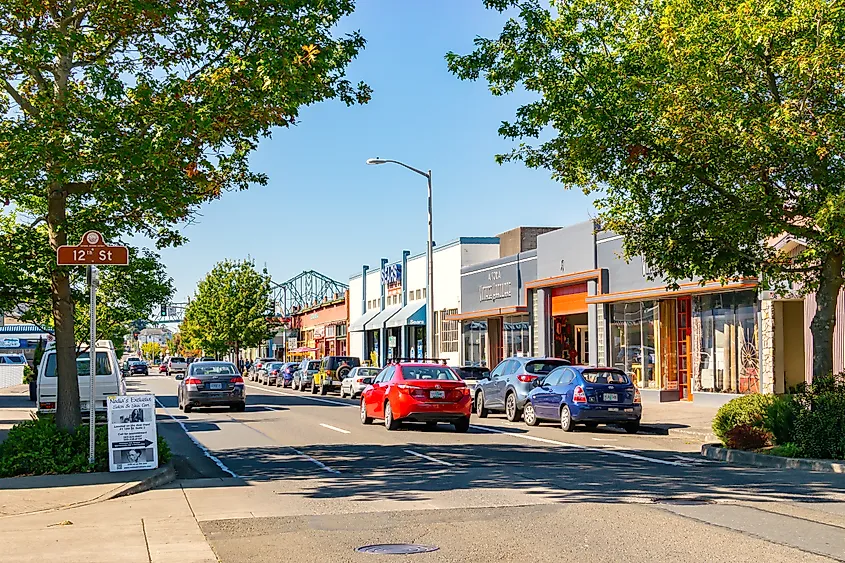
Astoria sits where the Columbia River meets the Pacific Ocean, an exact location that made it the first permanent U.S. settlement west of the Rockies. Founded in 1811 by John Jacob Astor’s fur company, its maritime roots remain visible in the Astoria Column, a 125-foot tower chronicling the town’s history in hand-painted spirals. The Columbia River Maritime Museum maintains a working lightship and records over 2,000 shipwrecks along the “Graveyard of the Pacific.” Astoria’s legacy as a frontier port is shown in preserved cannery buildings and the heritage homes of the Uppertown district, including the Flavel House Museum.
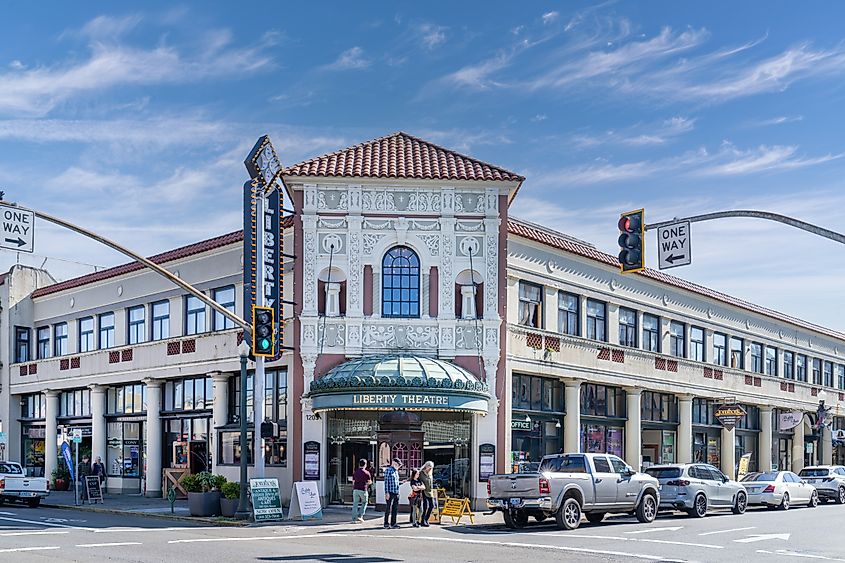
Visitors walk the Astoria Riverwalk past moored fishing vessels and sea lions barking beneath 12th Street Bridge. Coffee Girl café operates out of a former cannery lab. Fort George Brewery serves craft beer made with Columbia River water. The Liberty Theatre stages jazz and chamber music events inside its 1920s Italianate interior. At Imogen Gallery, rotating exhibits feature regional artists working in ceramics and print. Astoria Sunday Market runs May through October, shutting down 12th Street so local vendors and musicians can take over.
Port Townsend, Washington
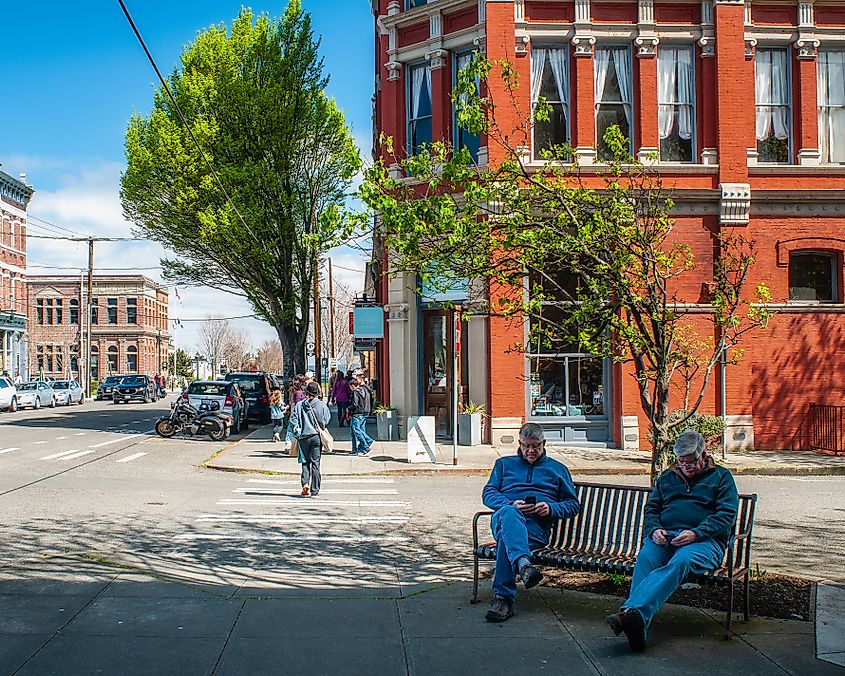
Port Townsend occupies the northeast corner of the Olympic Peninsula, positioned for naval dominance but ultimately shaped by unrealized railroad dreams. Its 19th-century boom left behind a preserved Victorian seaport with over 70 landmark buildings. Port Townsend is one of only three U.S. cities designated a Victorian Seaport and Arts Community. Every September, the Wooden Boat Festival brings shipwrights, sailors, and maritime educators to the historic waterfront. The Northwest Maritime Center offers year-round boatbuilding classes, and the Jefferson Museum of Art & History operates out of the old City Hall jail.
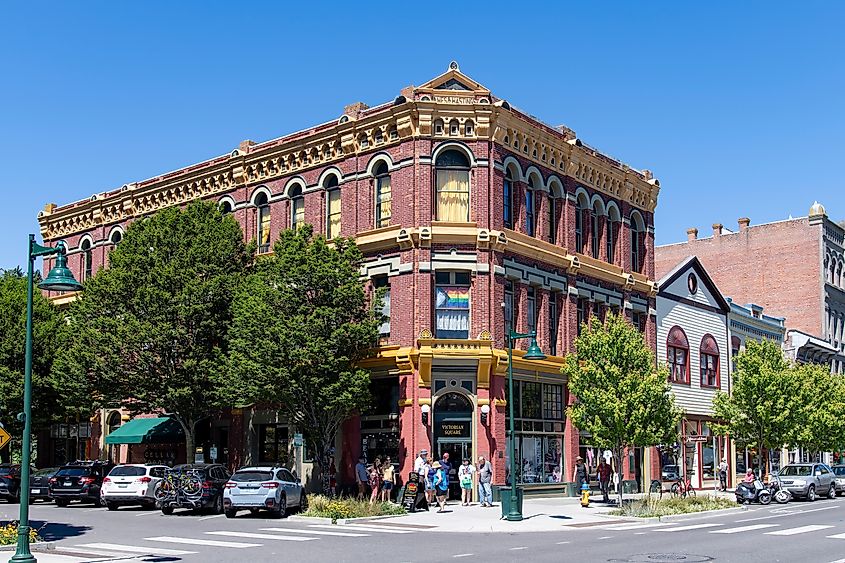
The town’s commercial center includes the Rose Theatre, originally opened in 1907, which now screens independent films in restored art deco rooms. At Elevated Ice Cream, small batches are produced in-house using a 1940s machine. The Bishop Hotel Gallery displays local fiber and encaustic art. Chetzemoka Park overlooks Admiralty Inlet with maintained gardens, tidal access, and a gazebo used for weekly community concerts. The Port Townsend Farmers Market, open Saturdays, features live bluegrass, knife-sharpening booths, and region-specific cider presses.
Cannon Beach, Oregon
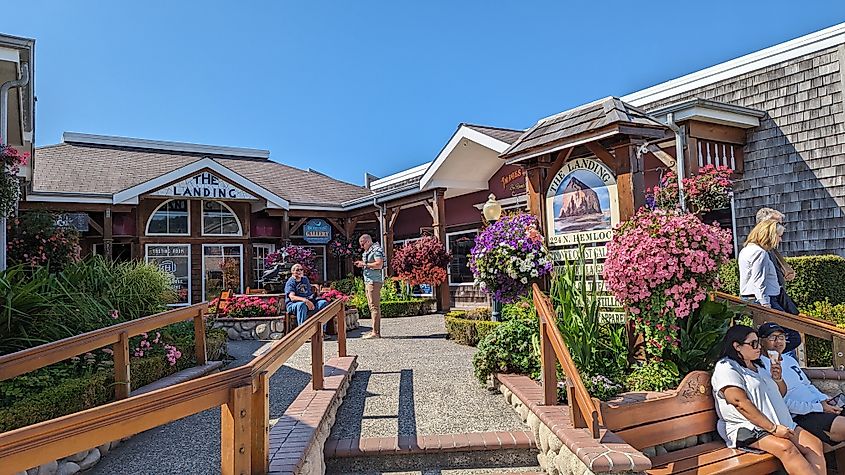
Cannon Beach is defined by Haystack Rock, a 235-foot basalt formation exposed at low tide and protected as part of the Oregon Islands National Wildlife Refuge. Originally named "Ecola" by the Lewis and Clark Expedition after a beached whale, the town’s current name comes from a cannon that washed ashore from the wrecked USS Shark in 1846. Cannon Beach prohibits commercial chains within city limits, prioritizing independently run businesses and a walkable layout. It operates without traffic lights and features underground utilities to preserve sightlines of the ocean and headlands.
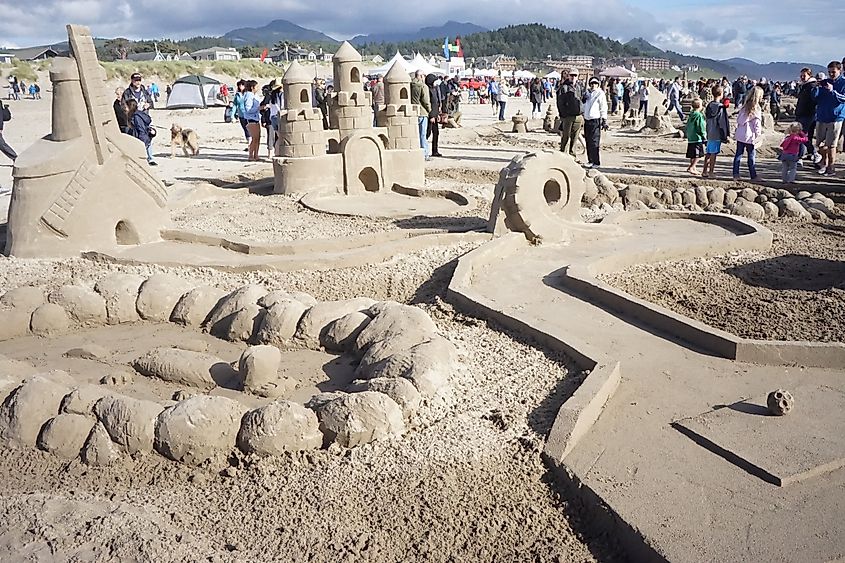
The Cannon Beach Gallery, operated by the nonprofit Cannon Beach Arts Association, hosts rotating exhibits by Oregon coastal artists. The annual Sandcastle Contest draws professional sculptors and long-term residents who work side by side. Sleepy Monk Coffee Roasters prepares small-batch blends on-site and donates proceeds to local schools. At The Wayfarer Restaurant, windows face Haystack Rock, and the menu includes razor clams and Dungeness crab. Ecola State Park, just north of town, provides cliffside trails used by local conservation groups for interpretive hikes and tide pool education.
Bandon, Oregon
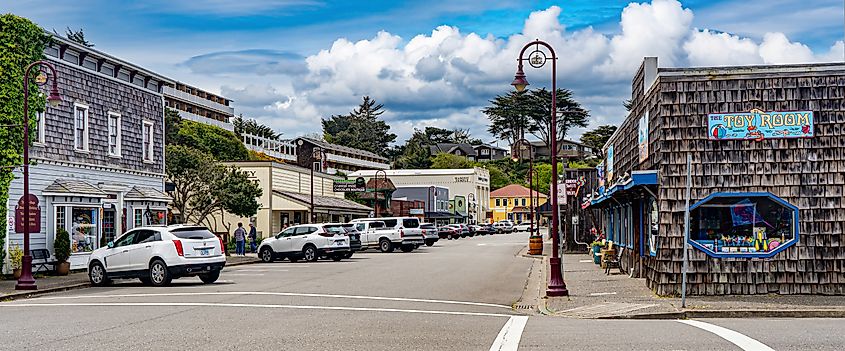
Bandon sits at the mouth of the Coquille River, where cranberry bogs meet sea stacks. Founded by settlers from Bandon, Ireland, it became a cranberry capital after Charles McFarlin planted the first vines in 1885. The Old Town district runs parallel to the boardwalk, which displays rotating public sculptures curated by the Art by the Sea Gallery and Studio. The town rebuilt after a devastating fire in 1936 and now maintains fire-resistant building codes shaped by that history.
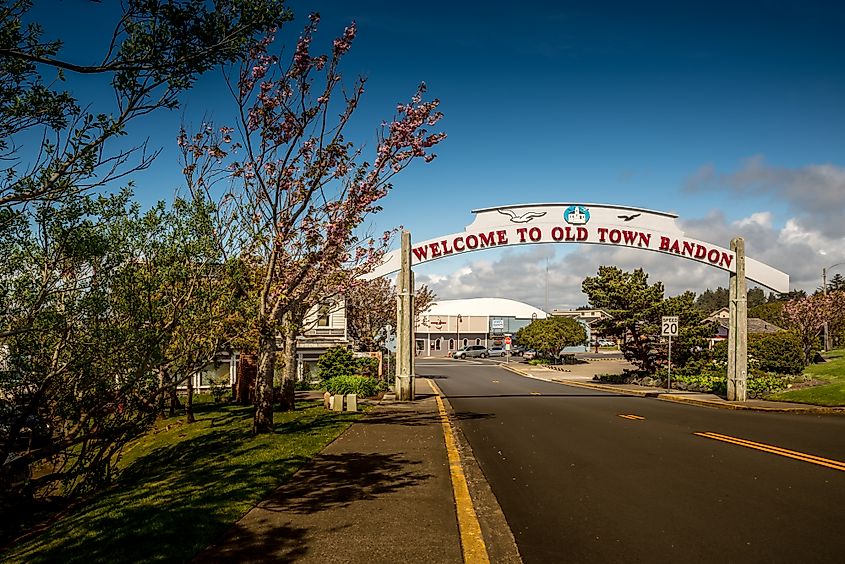
Coastal Mist produces handmade chocolate using French techniques and local cream. Tony’s Crab Shack serves fresh-caught crab with dock seating. The Second Street Gallery exhibits Oregon-based painters and ceramicists. Washed Ashore, a nonprofit building sea life sculptures from marine debris, is headquartered downtown and offers hands-on volunteer shifts. Face Rock Creamery manufactures cheese on-site and offers daily tastings. Bullards Beach State Park, just north of the river, provides equestrian trails and access to the Coquille River Lighthouse. The Cranberry Festival, each September, includes a parade, baking contests, and vendor booths run by multigenerational family farms. Local volunteers coordinate logistics, serve as judges, and donate proceeds to the Bandon School District.
Morro Bay, California
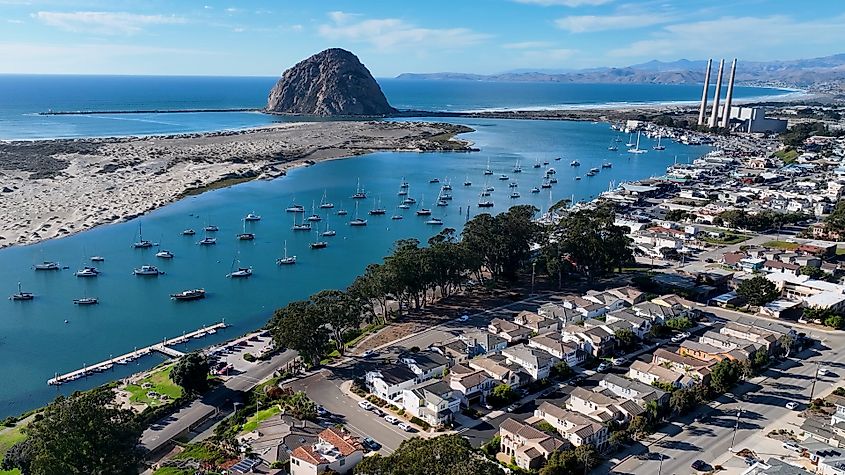
Morro Bay is home to the one and only Morro Rock, a 576-foot volcanic plug originally named “El Morro” by Juan Rodríguez Cabrillo in 1542. The rock is a protected peregrine falcon nesting site and part of the Nine Sisters volcanic chain. The town developed as a commercial fishing port and later added a power plant whose stack silhouettes now serve as unofficial landmarks. Morro Bay National Estuary, designated in 1995, provides habitat for over 250 bird species and draws consistent participation in annual Audubon bird counts.
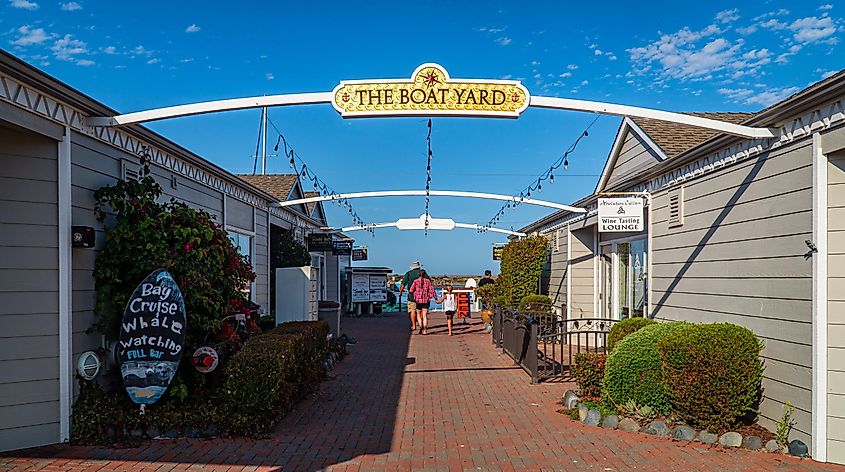
The Estuary Nature Center offers guided salt marsh walks and youth-run interpretive stations. Giovanni’s Fish Market operates its own dock and processes seafood on-site. Dorn’s Original Breakers Café has served local rockfish since 1942. Tidelands Park features sea-themed play sculptures maintained by a volunteer coastal conservation group. The Shell Shop on Embarcadero Street sells mollusk specimens sourced globally and supports local marine education efforts. The Morro Bay Maritime Museum displays a retired U.S. Coast Guard rescue boat and curates oral histories from harbor workers. Monthly art walks link galleries like Seven Sisters Gallery and Fiona Bleu, which rotate ceramics, textiles, and plein-air coastal paintings.
Pacific Grove, California
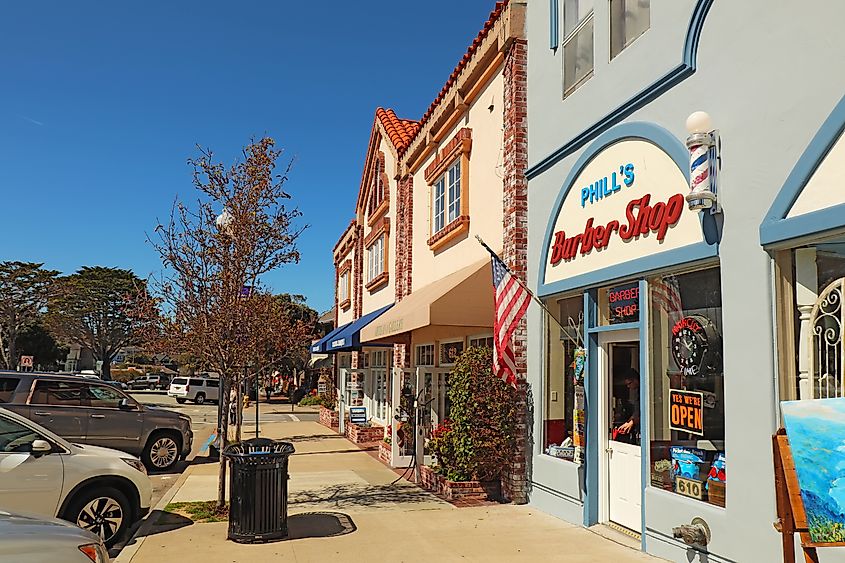
Pacific Grove borders the Pacific Ocean on the northwestern edge of the Monterey Peninsula and is the official overwintering site of the western monarch butterfly. Once a Methodist retreat camp, the town banned alcohol until 1969 and still maintains a civic focus on quiet residential life and preservation. The Pacific Grove Museum of Natural History monitors the annual monarch migration and provides public tagging sessions each fall. The town enforces a “butterfly-friendly” lighting ordinance and fines for disturbing roosting clusters in the Monarch Sanctuary on Ridge Road.
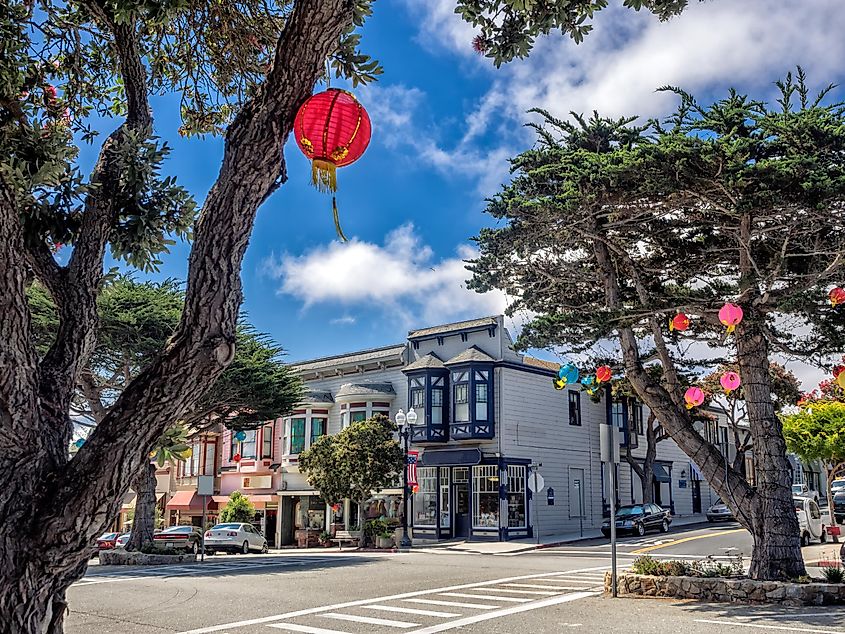
The Lovers Point Park tide pools are maintained by citizen science volunteers through the Monterey Bay National Marine Sanctuary. Pavel’s Backerei opens daily with baked goods prepared using traditional European techniques. Peppers Mexicali Café sources produce from Salinas Valley farms and runs seasonal art installations in its dining room. The Center for Photographic Art curates juried exhibitions with a focus on analog printing methods. Bookworks on Lighthouse Avenue hosts live readings and community writing nights. Asilomar State Beach offers coastal trails designed by architect Julia Morgan and is home to weekend field classes on dune ecology run by the Pacific Grove Museum.
Carmel-by-the-Sea, California
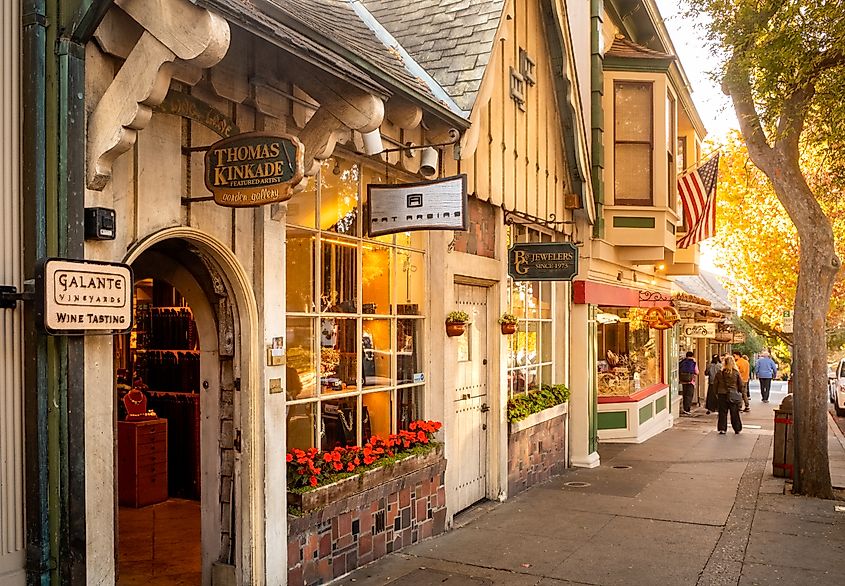
Carmel-by-the-Sea was founded in 1902 by a group of artists and writers who banned street addresses, mail delivery, and neon signage. Residents pick up mail at the centrally located Carmel Post Office, a practice that fosters routine face-to-face interaction. Clint Eastwood served as mayor in the 1980s and supported ordinances protecting the town’s pedestrian orientation and forested character. The Carmel Heritage Society operates the First Murphy House Museum, documenting local land use, architectural covenants, and historical restrictions on chain businesses.
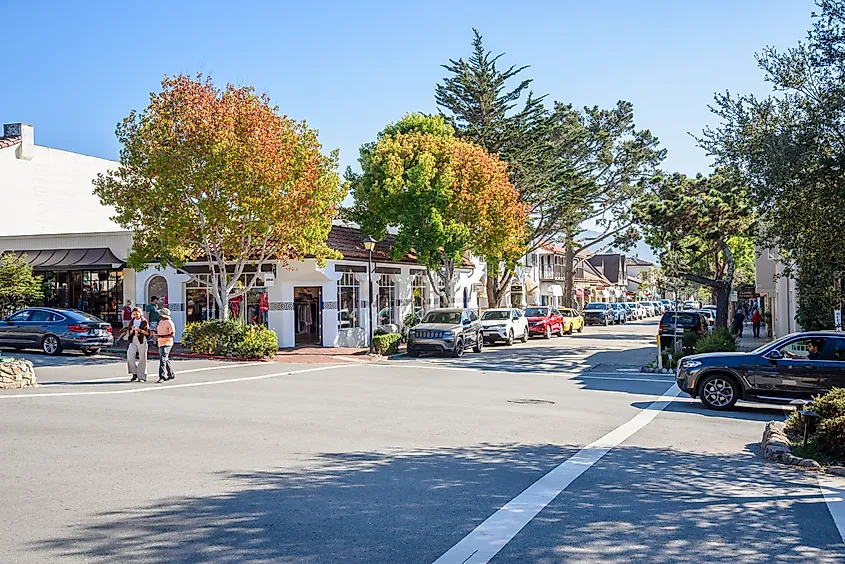
At Dametra Café, the owners routinely sing to diners while serving eastern Mediterranean dishes. The Sunset Center hosts live programming from the Monterey Symphony and has a sculpture garden curated by regional nonprofits. The Carl Cherry Center for the Arts stages readings of unpublished plays by California writers. Carmel Bakery on Ocean Avenue has operated since the early 1900s and is known for recipes passed down from Swiss and German immigrants. The Forest Theater Guild produces outdoor performances under Monterey pines each summer. At the Carmel Art Association, juried members, limited to 100, rotate solo exhibitions in spaces originally built by painters in 1927 using salvaged materials from shipwrecks.
Friday Harbor, Washington
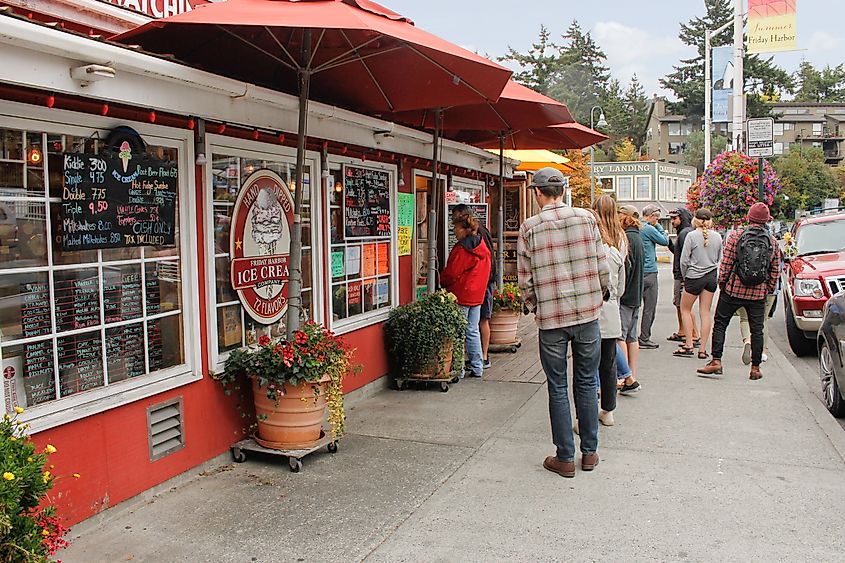
Friday Harbor is located on San Juan Island and became a U.S. customs port in 1860 due to its position along maritime trade routes. The town was central to the 1859 “Pig War” standoff between British and American forces, which ended without bloodshed and left behind preserved military buildings at nearby English Camp. Friday Harbor has no chain retailers within town limits. Washington State Ferries connect it to the mainland, creating a reliance on community networks for goods, services, and communication.
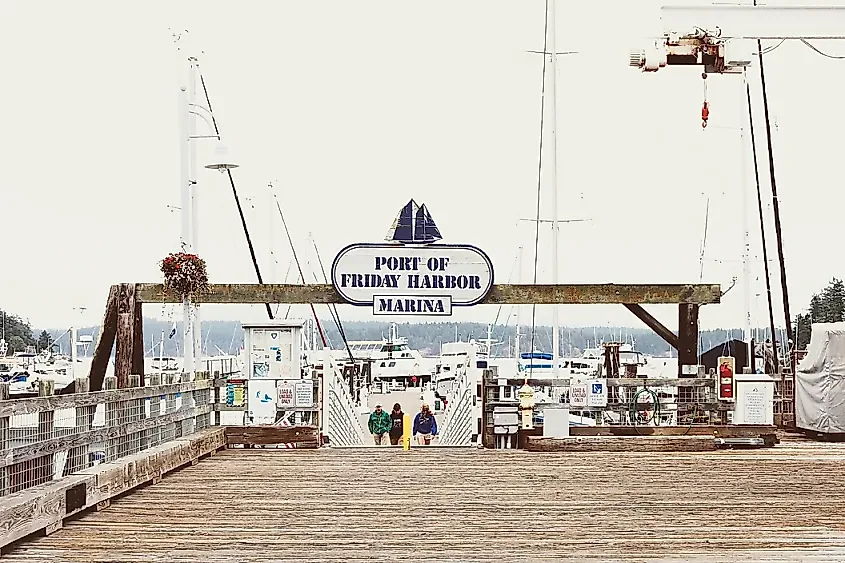
The Whale Museum tracks individual orcas through acoustic data and hosts public seminars on J pod activity. At Spring Street Deli, residents gather for ferry arrival announcements posted on a chalkboard. San Juan Island Cheese offers cheese flights with Northwest wine pairings. The San Juan Islands Museum of Art rotates exhibits by Coast Salish sculptors and conservation photographers. At Griffin Bay Bookstore, weekly events include civic roundtables and poetry readings. The San Juan Community Theatre stages locally cast musicals and lectures funded through volunteer memberships. The Port of Friday Harbor Marina maintains public-use kayaks and supports dockside music series during summer evenings.
Thread these ports and promenades together, and the coast rewrites itself: eight signatures, one worldview. They prove friendliness is not a slogan but an infrastructure—bakeries doubling as bulletin boards, ferries as lifelines, lighthouses as conversation starters. The Pacific Pass-Along returns with every tide: help offered first, questions later. Travel here and you inherit rotating neighbors, borrowed dogs, and routes inland. Leave, and each town tags your map with a standing invitation.
